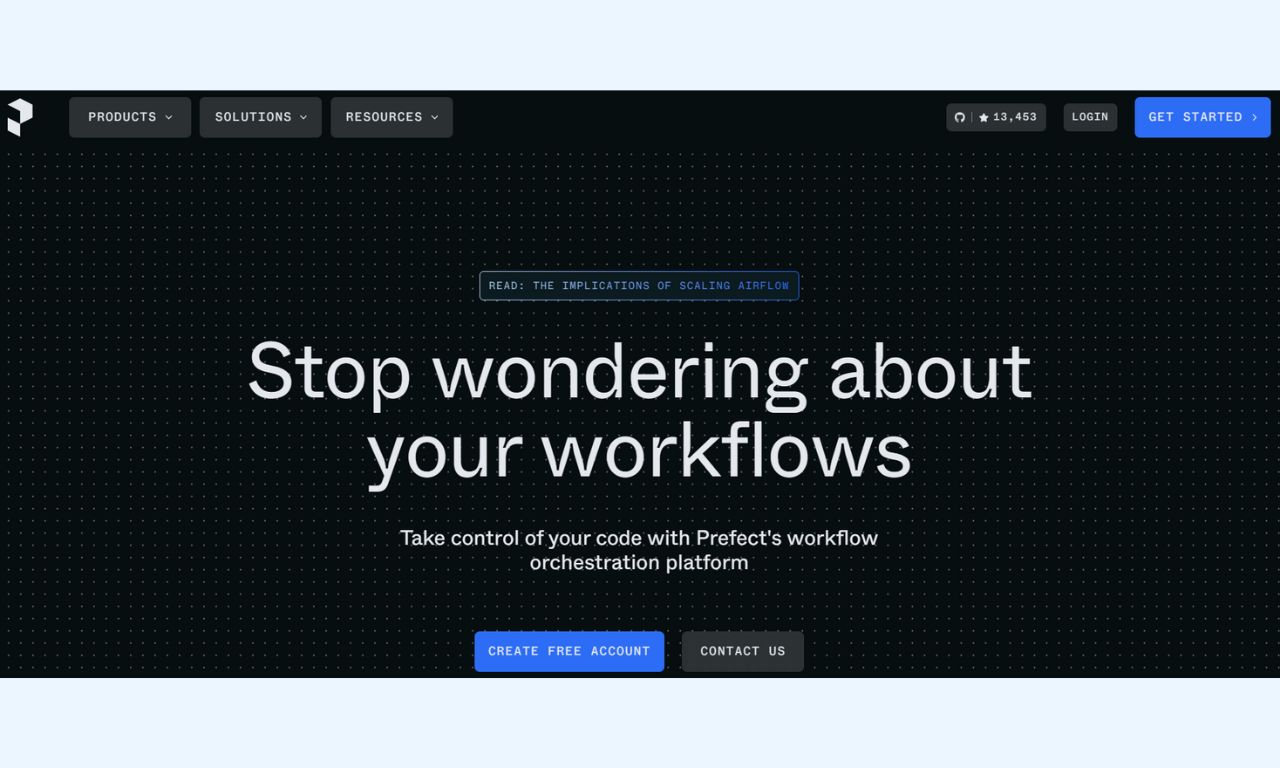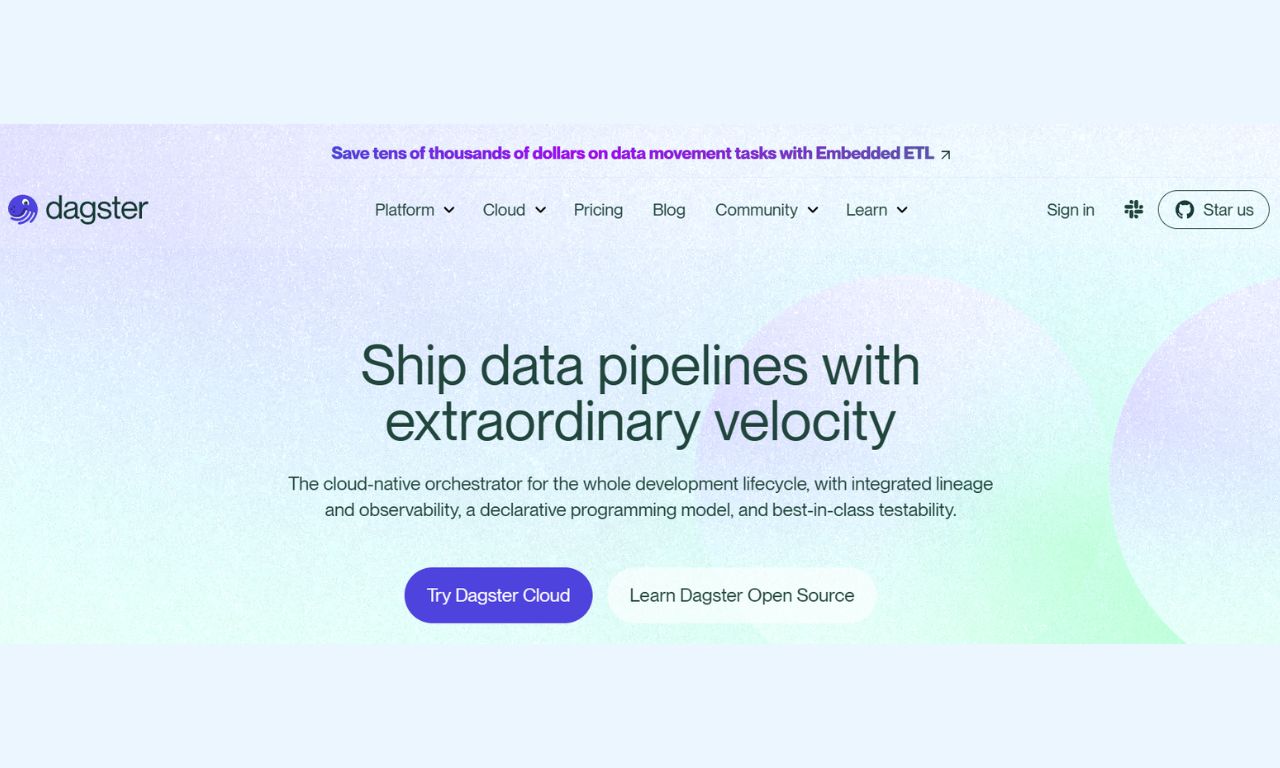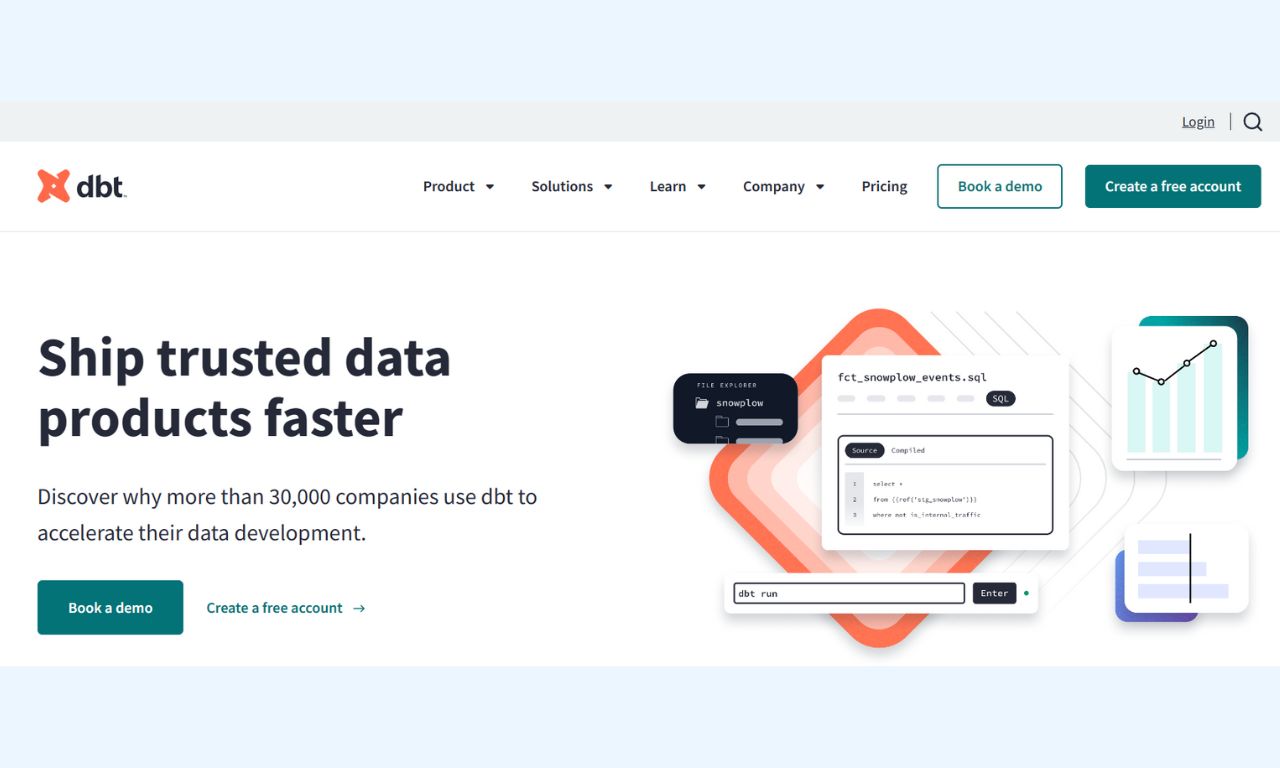The 6 Best Data Engineering Tools for 2024
Data engineering is an exceptionally popular field that serves as the foundation for many other professions in the data science sector.
Data engineers specialize in managing large volumes of data, designing, constructing, and maintaining data pipelines that transform raw data into valuable insights.
To save time and efficiently manage the lifecycle of data engineering projects, various frameworks and tools exist to accelerate and significantly contribute to the work of data engineers.
In today's guide, we'll explore:
- What data engineering tools are
- The most popular data engineering tools
- Their key advantages
Let's start with the basics.
What Are Data Engineering Tools?
Data engineering tools are software applications or frameworks specifically designed to facilitate the management, processing, and transformation of large volumes of data (big data).
These tools provide data engineers with the necessary capabilities to create data pipelines, prepare data for analysis by other team members, and optimize ETL processes.
Data engineering tools offer a wide range of features and functions, including data integration, data transformation, data quality management, and data visualization.
Moving on, let's see what are the 6 best data engineering tools worth knowing about.
The Top 6 Data Engineering Tools
The 6 best data engineering tools along with the advantages of each are as follows:
Tool #1: Apache Spark
Apache Spark is an open-source software framework designed to execute data processing tasks in-memory.

This feature makes it particularly fast and greatly facilitates the work of data engineers.
It also has many application programming interfaces (APIs) in popular programming languages such as Python, Java and Scala.
Apache Spark is high-performance, fault-tolerant for parallel data applications, and can distribute data processing tasks across multiple computers, either alone or in combination with other distributed computing tools.
In fact, it is the only processing framework that combines data and artificial intelligence (AI).
Tool #2: Apache Airflow
Apache Airflow is an open-source platform for workflow management in data engineering.

Written in Python, originated at Airbnb in October 2014 to efficiently handle increasing needs and complex workflows.
Some of the features that make it stand out as a data engineering tool are the automation of data pipeline as well as the ability to schedule large-scale tasks, such as the ETL process, and run multiple tasks on a single host, thus minimizing costs.
Tool #3: Apache Kafka
Apache Kafka is an open-source distributed data streaming platform used for processing, publishing, and storing real-time data streams.

It was originally developed to manage real-time data streams on LinkedIn in 2011, and has since become open source and seen a lot of growth.
It has high performance since it can handle high-speed and high-volume data, even millions of messages per second.
It has high scalability, low latency and high availability.
Tool #4: Prefect
Prefect is an open-source Python platform for orchestrating high-demand data workflows.

A data engineer can leverage Prefect to create and execute complex multi-step data pipelines, determine when they should be executed, and automate their execution, saving time.
Prefect can be integrated with multiple platforms such as AWS, for greater growth and scaling of data pipelines.
Enables the creation and execution of complex data pipelines, scheduling tasks, and automating their execution.
Tool #5: Dagster
Dagster is an open-source, cloud-native orchestration tool for creating, deploying, and managing data pipelines.

Dagster is based on pipelines and the entire pipeline is defined as a single unit, with nested tasks within it.
It can effectively manage dependencies within pipelines and supports local development, unit testing and debugging of data pipelines.
Also, it can be integrated with various other tools and platforms such as AWS, Azure, Apache Spark and Kubernetes.
Tool #6: dbt (Data build tool)
Moving on, dbt (Data build tool) is a SQL-first transformation workflow for collaboratively building and deploying code across a data pool, following software engineering best practices such as portability, CI/CD, and documentation.

It is widely used by data engineers and data analysts as it supports faster production and an efficient and consistent approach to data transformation and analysis.
Through dbt a data engineer can create a scalable data infrastructure, with scalability over time.
Moreover, dbt is also used to ensure data quality and integrity, for example through the ability it offers to run data validation tests.
Ramping Up
We talked in great detail about some of the best tools that data engineers can use to boost efficiency in their work.
Each tool has its own important features and covers the unique needs of each data engineer.
If you are intrigued and want to learn more about the world of data science, follow us for more educational articles!


.jpg)